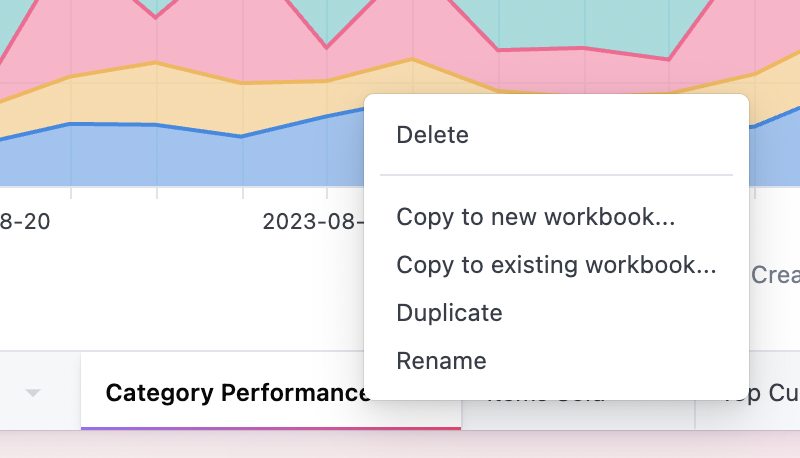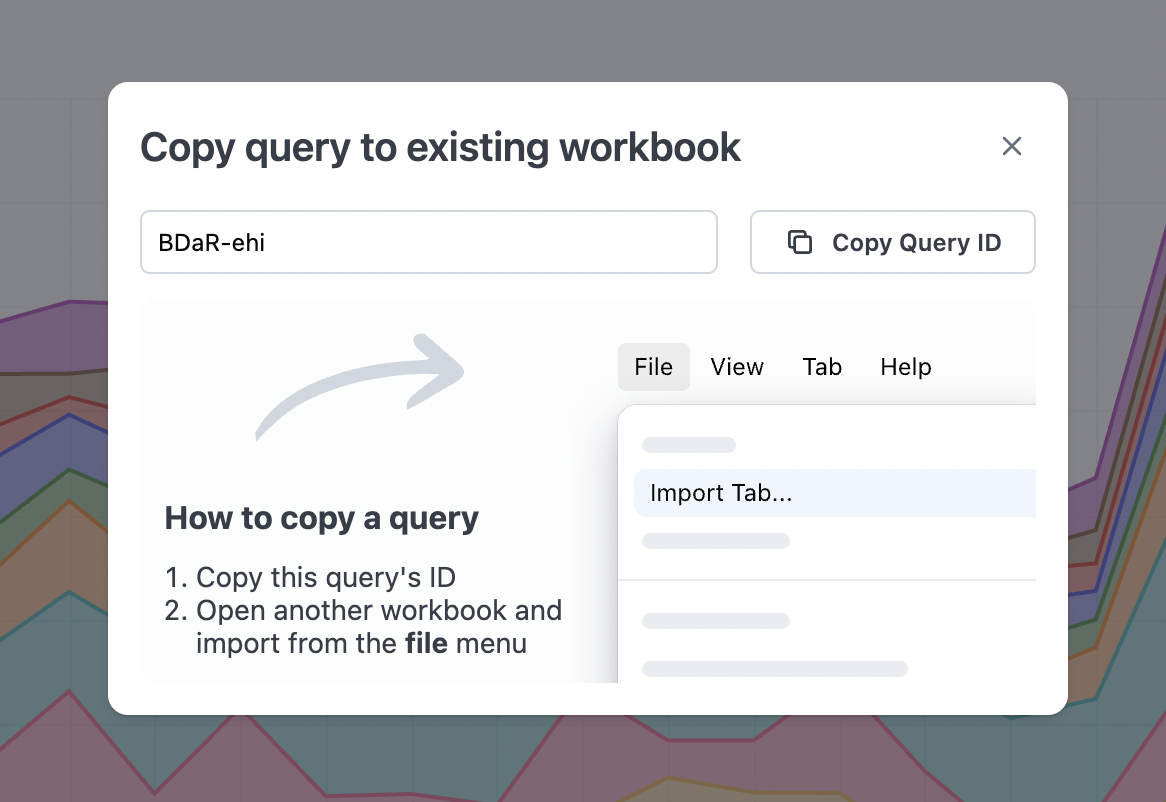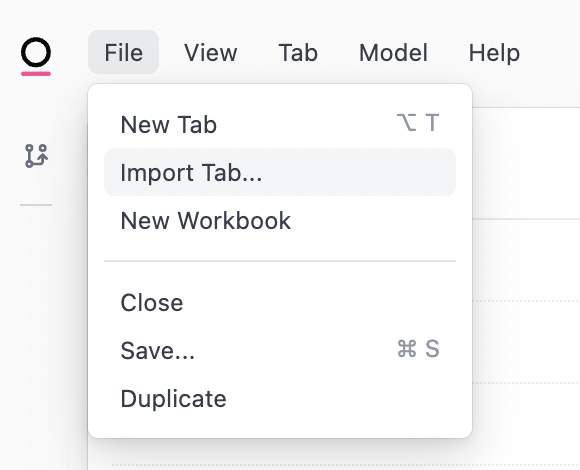
Saving a workbook
Workbooks can optionally be named and saved. When a workbook is saved, it will appear alongside other dashboards and workbooks in the content system. If a workbook is not saved, you can still return to that analysis by searching for it in the Activity section, or via URL. The Activity page logs all of your activity, whether on saved or unsaved workbooks.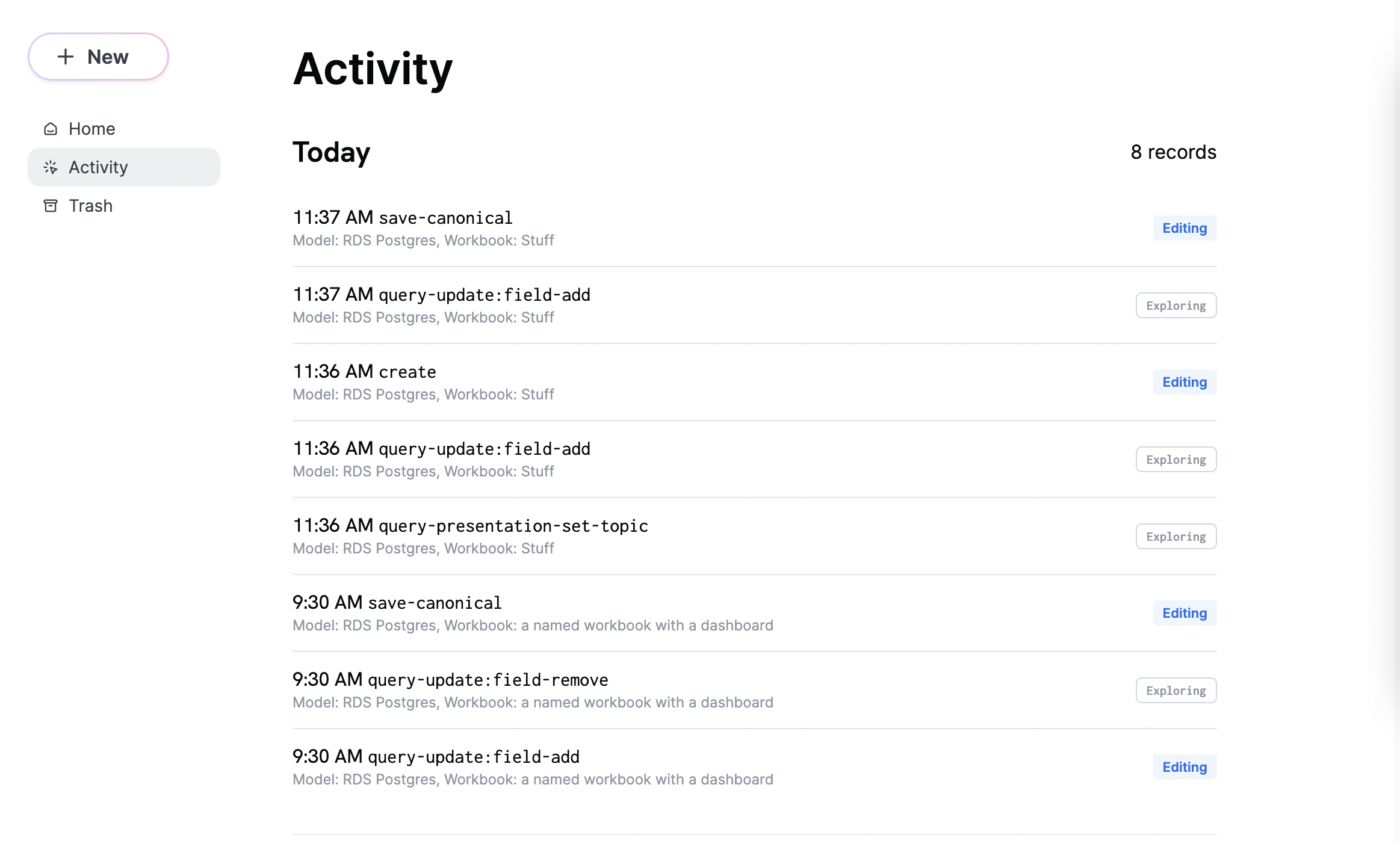
Workbook states
The information in this section is different if you’re using the draft/publish workflow. Refer to the Editing & publishing content guide to learn more.

Workbook versions
You can see a history of all changes made by you or others by opening up the Version History panel, and optionally restore a previous version. Note that only changes to the workbook are currently shown. Changes to the workbook model must be viewed from the IDE, and changes to the dashboard layout are not currently visible.
Exploring a Workbook
Sometimes you may want to explore or iterate on an analysis without impacting the saved version. From view mode, you can start interacting with the workbook to jump into an exploration. While exploring, changes are not saved and you can exit the exploration to go back to the latest version of the workbook. Explorations are represented in the URL, so the exploration can be shared by simply copy/pasting the URL to another user.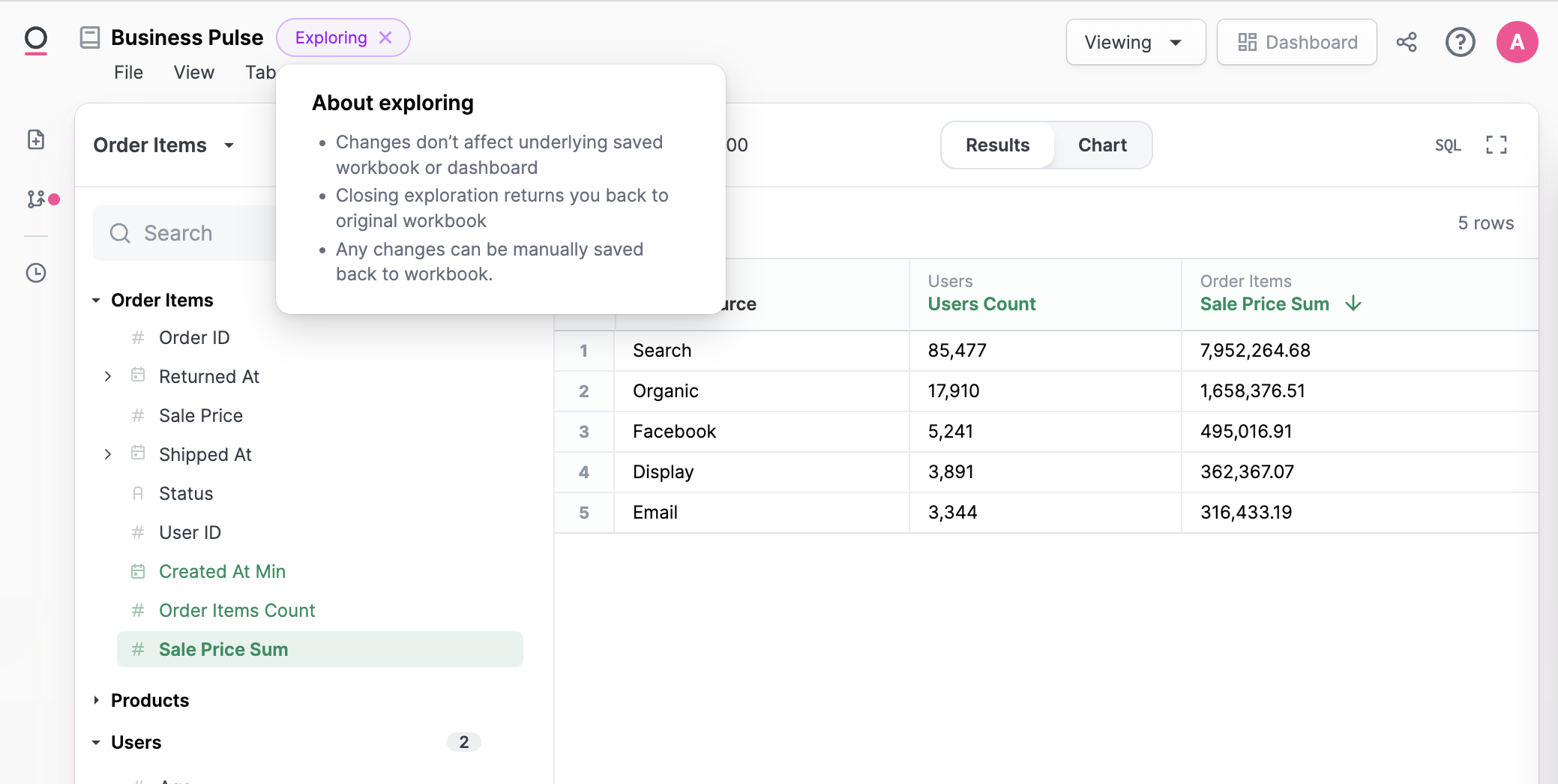
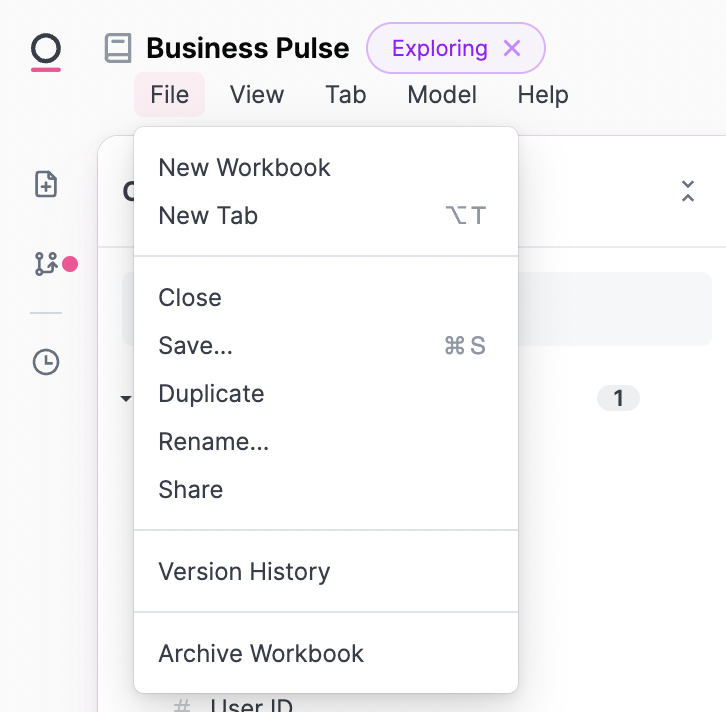

Moving Queries Between Workbooks
Workbook tabs can be duplicated inside workbooks, or copied to an existing workbook, or create an entirely new workbook.Duplicate a tab in the same workbook
From the workbook, enter edit mode, right click on the tab and select ‘Duplicate’.Copy a tab to an existing workbook
From the workbook, enter edit mode, right click on the tab and select ‘Copy to’. Click the button to copy the query ID. In the workbook you want to copy the tab into, enter edit mode. Click Edit > Import tab There are a couple of caveats to copying to an existing workbook:- A tab can only be copied to a workbook with the same connection and shared model
- If there are changes to the workbook model in the tab you are copying over, those will be copied into the existing workbook as well. In the event of a conflict (e.g. the same field exists on both workbooks with different definitions), the workbook copied to should win.
